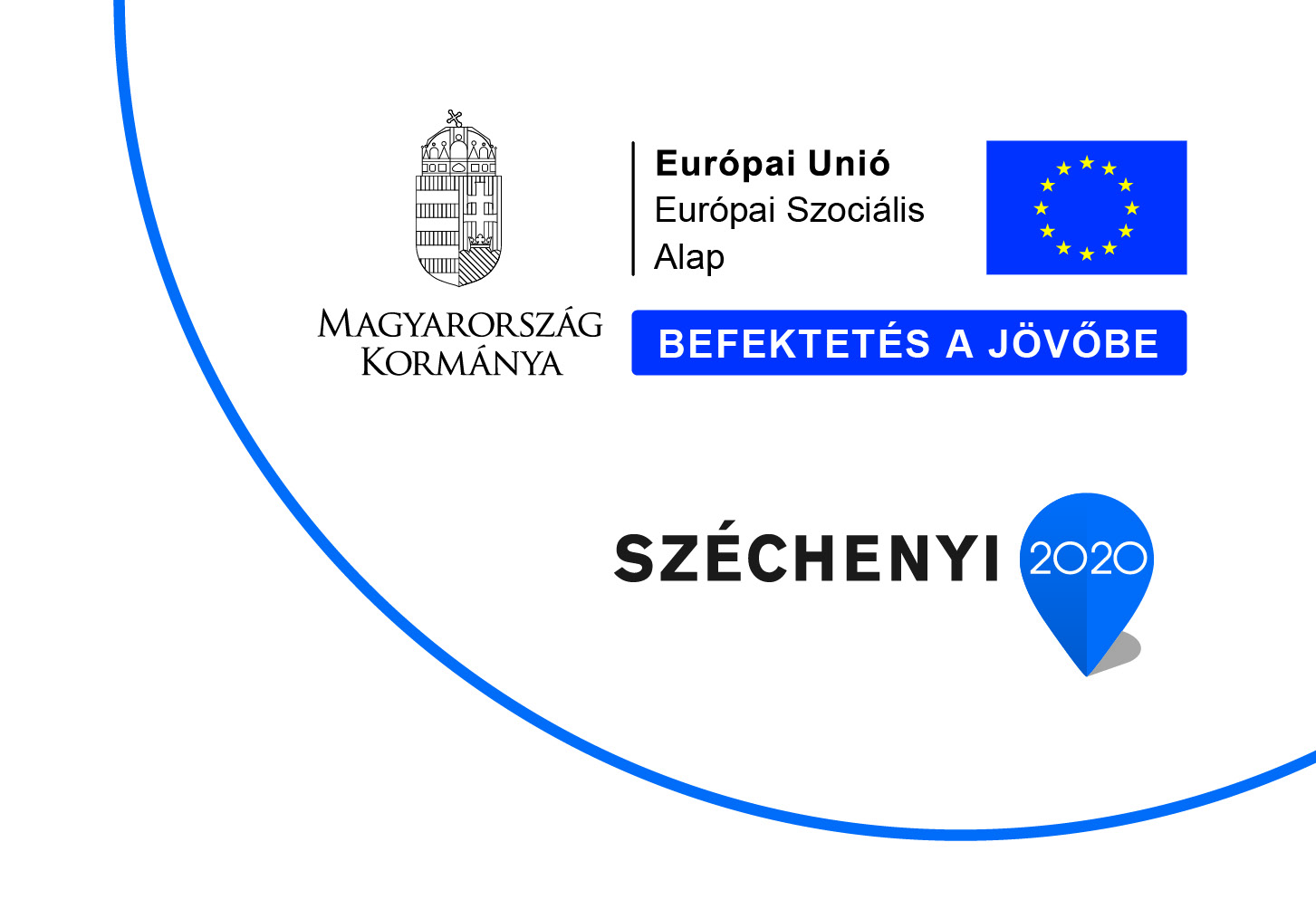Kovács Kornélia (2025) Foreign direct investment in Hungary. Külkereskedelmi Kar.
|
PDF
Foreign direct investment in Hungary.pdf Hozzáférés joga: Csak nyilvántartásba vett egyetemi IP címekről nyitható meg Download (1MB) |
|
|
PDF
Kovács Taqatqa Kornélia.pdf Hozzáférés joga: Bizalmas dokumentum (bírálat) Download (112kB) |
|
|
PDF
Taqatqa K Sass M.pdf Hozzáférés joga: Bizalmas dokumentum (bírálat) Download (331kB) |
Absztrakt (kivonat)
My dissertation will be about FDI development in Hungary. I decided to write about this topic, because I am really interested in FDI development in Hungary. During my master studies, I realized that I like to analyze statistical figures related to FDI. Therefore, I decided to analyze the FDI development in Hungary. Hungary is located in Central Europe, which is an advantageous location for the foreign investors. Moreover, Hungary always focused on attracting essential amount of FDI in order to economically develop the country. Furthermore, it has always been essential in promoting economic integration and interchange. Considering its advantageous location, background, and development into a market-oriented economy, it provides an engaging case study for comprehending the mechanisms of international investment. The reason I chose this topic is because I was interested in learning how Hungary may draw in FDI and what impact these investments would have on the nation's economy. Therefore, I decided to do research about the FDI in Hungary and depict it with figures and relevance data. The following questions I am going to answer in this research paper: · How has Hungary's FDI evolved during the 1990s political and economic transition? · How much has FDI impacted Hungary's regional and economic development? · What are the main source countries for FDI in Hungary? · Which sectors have attracted the most FDI in Hungary, and why? In my research, I begin by presenting the fundamental concepts of FDI, providing a comprehensive literature overview that lays the groundwork for understanding how FDI functions. Several kinds of foreign capital flows are provided in this part and outline the several forms of FDI transactions, offering a clear framework for analyzing global investment patterns. Following this chapter, I look at the four methods businesses access international markets. To better understand the reasons behind FDI, I provide a few views on investor motivation. In the upcoming chapter, I will concentrate on the many potential outcomes of FDI. I will outline the consequences of investment on the receiving nation, including its implications on employment and restructuring. I examine what technological ramifications there are and how the host nation might profit from technical adaptation, how FDI affect suppliers and how FDI might increase competitiveness in the domestic market. Finally, how these investments affect infrastructure and services. Chapter three explores the historical background of FDI in Hungary. I will give a short explanation of the shift to a market economy from an economy that was centralized. And later, I will describe the FDI inflows during 1990 until early 2000s. This will help us to comprehend how FDI has changed over time in Hungary. I will explain the key economic reforms and their impact on investment. I will explain the key providers of FDI and FDI by industry in the 2000s, the importance of the automobile industry. Furthermore, I will mention how the coronavirus outbreak has influenced FDI in Hungary. The final section of my dissertation will be devoted to an analysis of FDI in Hungary. Mainly, I will examine the general economic outlook of Hungary such as general government deficit, GDP growth, balance of payments and employment/unemployment rate. Furthermore, I will provide essential data about the development of FDI between 1990 and 2023. Additionally, there will be FDI data about the neighboring countries (Austria, Czechia and Slovak Republic) in order to compare the different FDI development in each country. Also, I will present the main investing regions and countries in Hungary. Nevertheless, I will focus on the main FDI categorized by industries in order to have better understating which industries bring the most FDI. My thesis mainly concentrates on the development of FDI in Hungary. Furthermore, it analyses its impact on the Hungarian economy. Also, it depicts that during recession, period of difficulties, how it is possible that the country can receive an adequate amount of FDI. Nevertheless, it shows that the development of investing industry is crucial to lure a greater number of FDI in the future too. The research’s purpose was to demonstrate that Hungary can draw in FDI and that FDI may significantly affect the economy of Hungary.
Intézmény
Budapesti Gazdasági Egyetem
Kar
Tanszék
Nemzetközi Gazdaságtan Tanszék
Tudományterület/tudományág
NEM RÉSZLETEZETT
Szak
Nemzetközi gazdaság és gazdálkodás (angol)
| Mű típusa: | diplomadolgozat (NEM RÉSZLETEZETT) |
|---|---|
| Kulcsszavak: | Characteristics of FDI, economic development, FDI development, FDI in Hungary, History of FDI |
| SWORD Depositor: | User Archive |
| Felhasználói azonosító szám (ID): | User Archive |
| Rekord készítés dátuma: | 2025. Okt. 27. 14:26 |
| Utolsó módosítás: | 2025. Okt. 27. 14:26 |
Actions (login required)
 |
Tétel nézet |



